Dell gets busy integrating acquisitions into lineup
The vendor embeds some of its acquired technology into a number of its core virtualisation and storage products.

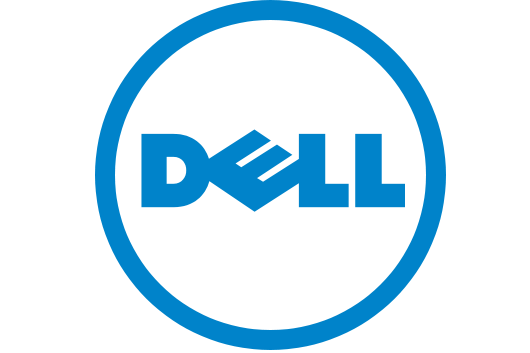
Dell made a slew of mini-announcements around integration of recent acquisitions today.
Over the past year and a half, Dell has made some major purchases, including storage company Compellent, networking firm Force10 and data management provider Ocarina Networks.
All have formed part of Dell's move to provide the full end-to-end solution for customers, not just focus on hardware devices.
"Customers wanted us to know more about their businesses," said company CEO Michael Dell, during the company's inaugural Dell World event in Austin, Texas.
"You're going to hear about the new Dell which is an end to end service provider and yes we still care about the client device."
As part of this, Dell said it will add Compellent and Force10 capabilities to its vStart virtualisation offering, in which the vendor pre-packages and pre-tests a virtualised set-up before handing it over to businesses. These additions will arrive in 2012.
Dell also announced compression for its Dell DX Object Storage Platform using acquired technology from Ocarina, bought in 2010. The vendor promised the ability to compress stored data by up to 90 per cent.
Sign up today and you will receive a free copy of our Future Focus 2025 report - the leading guidance on AI, cybersecurity and other IT challenges as per 700+ senior executives
This capability will arrive on 18 October, in the Dell DX6000G Storage Compression Node. It will be compatible with DX6000 environments, designed for storage of fixed digital content. The DX6000G will be an optional addition for DX6000 boxes.
The DX platform is designed to be "massively scalable" by turning files into objects, giving them metadata and then letting IT teams put policies on top of that. It is specifically designed for archiving of unstructured data.
Today, the company also confirmed a Windows 7 tablet would be coming this month.
Tom Brewster is currently an associate editor at Forbes and an award-winning journalist who covers cyber security, surveillance, and privacy. Starting his career at ITPro as a staff writer and working up to a senior staff writer role, Tom has been covering the tech industry for more than ten years and is considered one of the leading journalists in his specialism.
He is a proud alum of the University of Sheffield where he secured an undergraduate degree in English Literature before undertaking a certification from General Assembly in web development.
-
 Can enterprises transform through startup theory?
Can enterprises transform through startup theory?In-depth For big corporations, the flexibility, adaptability, and speed of a startup or scale-up is often the total opposite of what’s possible within their own operations
-
 AI is creating more software flaws – and they're getting worse
AI is creating more software flaws – and they're getting worseNews A CodeRabbit study compared pull requests with AI and without, finding AI is fast but highly error prone
-
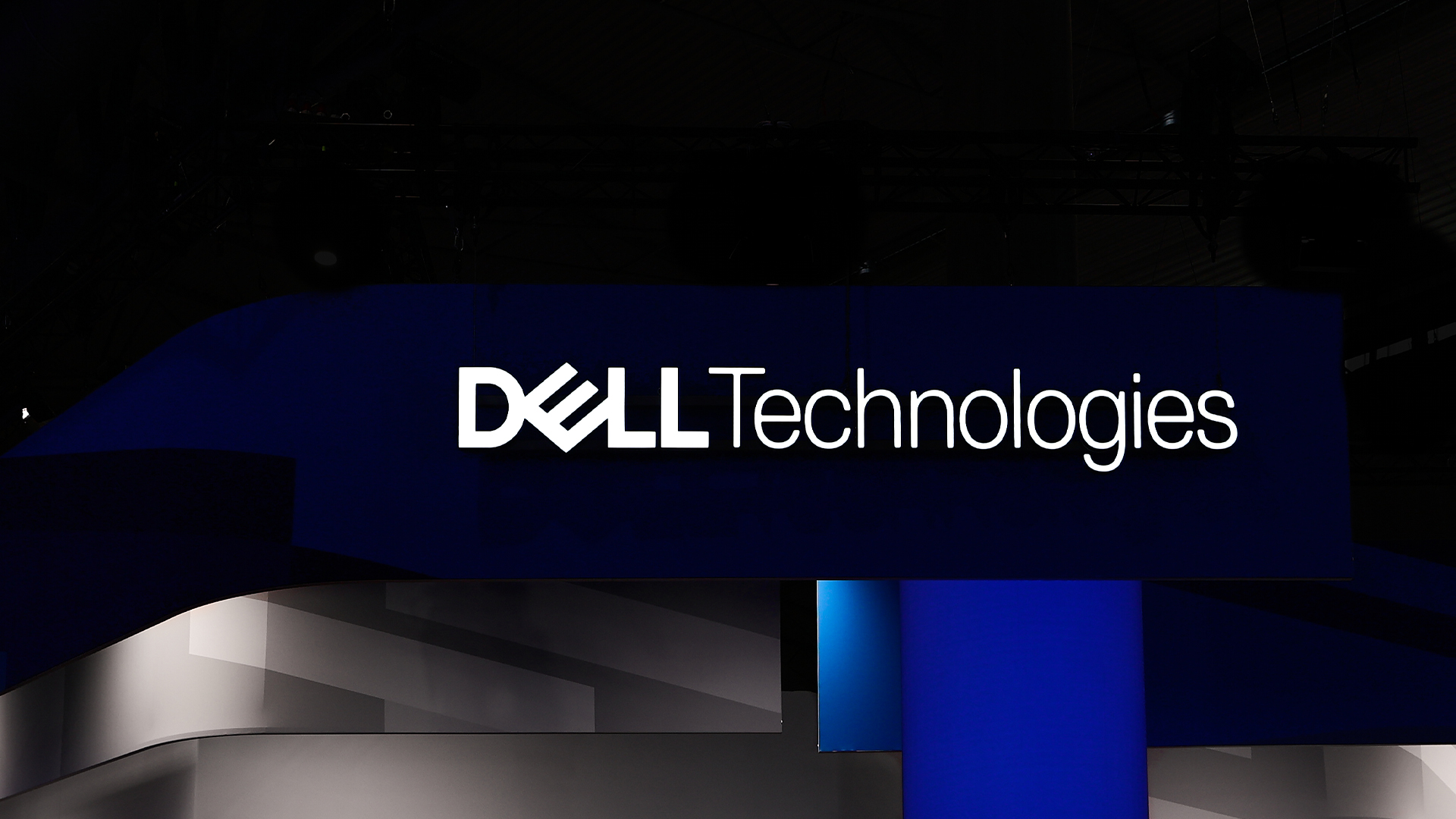 Dell Technologies just announced a major data platform overhaul – here's what customers can expect
Dell Technologies just announced a major data platform overhaul – here's what customers can expectNews Dell has unveiled extensive updates and new features in storage and data engines in a bid cater to the growing demand for scalable AI infrastructure
-
 Dell Technologies wants to cut infrastructure costs – here's how it plans to do it
Dell Technologies wants to cut infrastructure costs – here's how it plans to do itNews Efficiency, power, and scalability are the name of the game for Dell’s infrastructure offerings
-
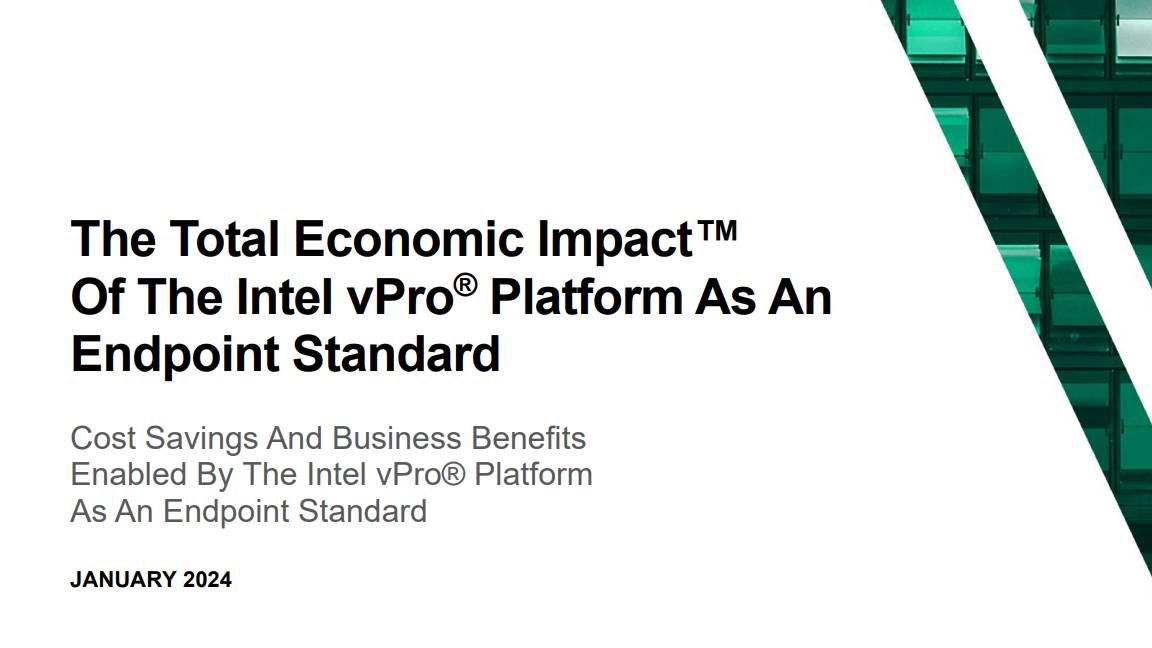 The Total Economic Impact™ of the Intel vPro® platform as an endpoint standard
The Total Economic Impact™ of the Intel vPro® platform as an endpoint standardwhitepaper Protection across AI attack vectors
-
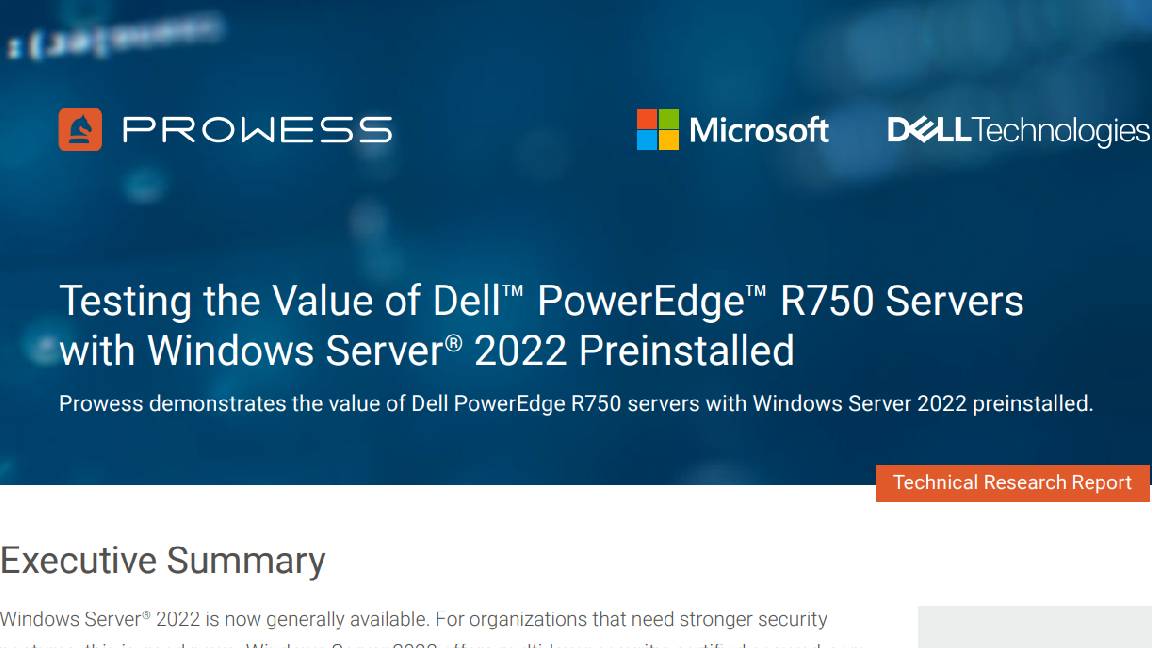 Testing the Value of Dell™ PowerEdge™ R750 Servers with Windows Server® 2022 Preinstalled
Testing the Value of Dell™ PowerEdge™ R750 Servers with Windows Server® 2022 Preinstalledwhitepaper Protection across AI attack vectors
-
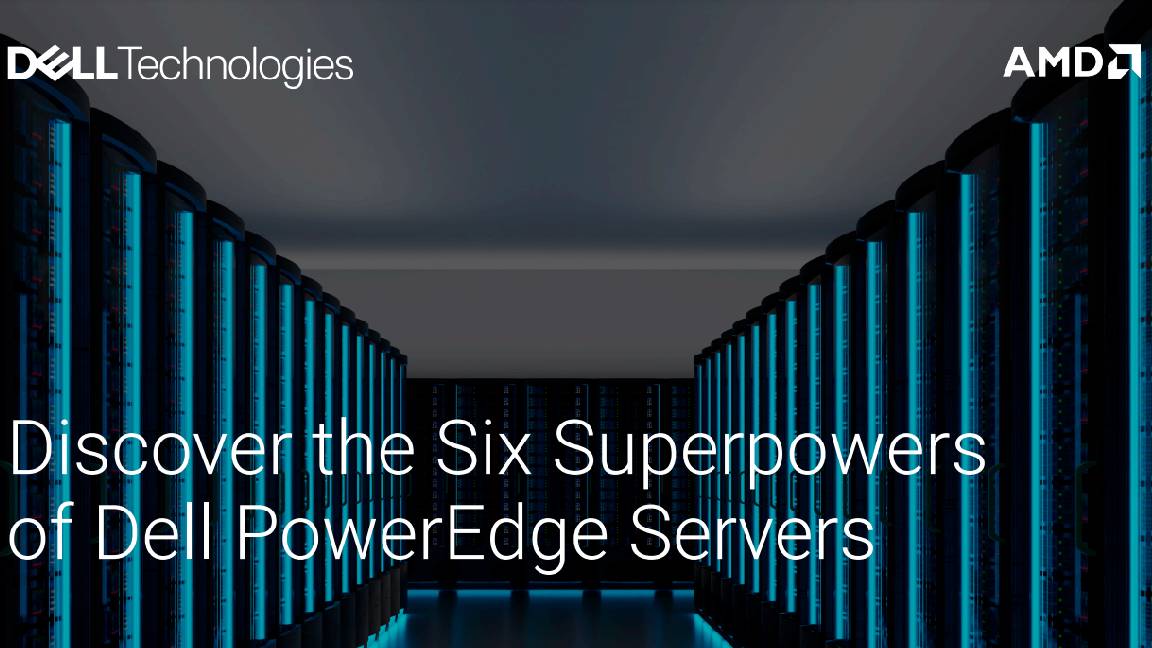 Discover the six superpowers of Dell PowerEdge servers
Discover the six superpowers of Dell PowerEdge serverswhitepaper Transforming your data center into a generator for hero-sized innovations and ideas.
-
 AI enablement and built-in security are must-have features on modern storage environments
AI enablement and built-in security are must-have features on modern storage environmentswhitepaper Modernize storage infrastructure to serve future application demands
-
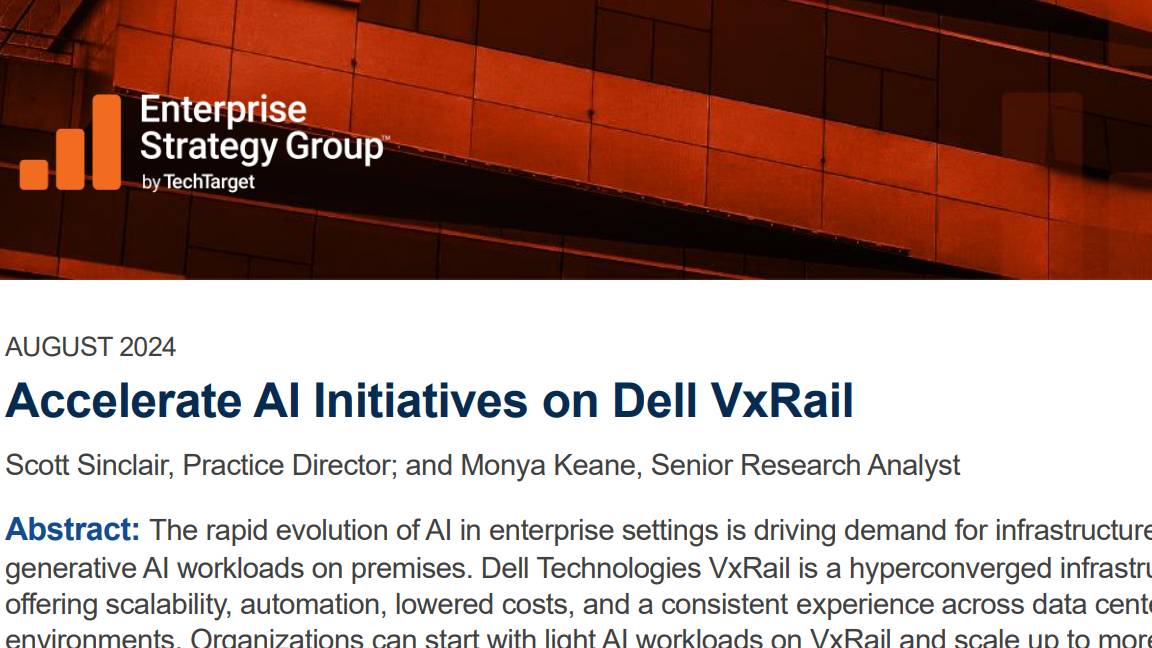 Accelerate AI initiatives on Dell VxRail
Accelerate AI initiatives on Dell VxRailwhitepaper Protection across AI attack vectors
-
 Choose high data-efficiency technology for lower storage TCO
Choose high data-efficiency technology for lower storage TCOwhitepaper Choose high data-efficiency technology for lower storage TCO
